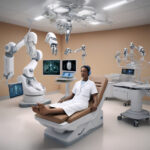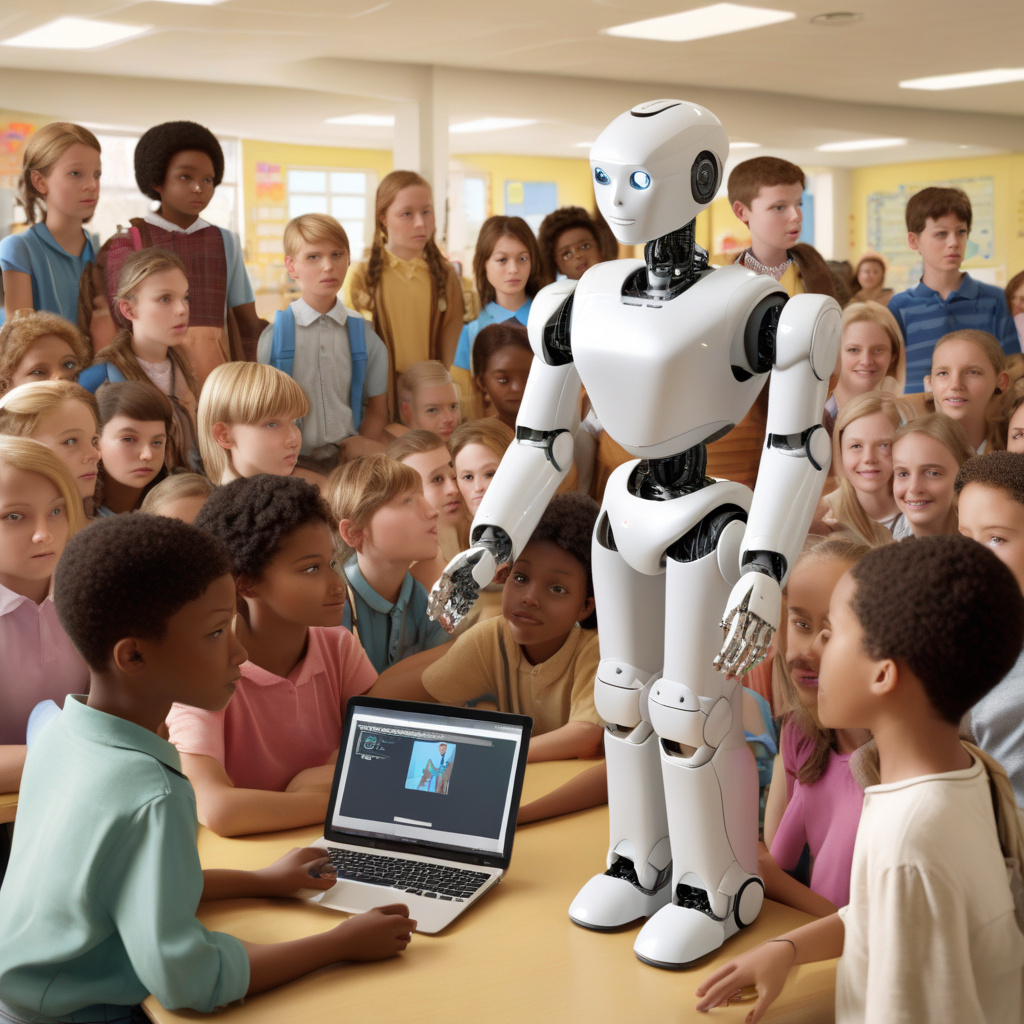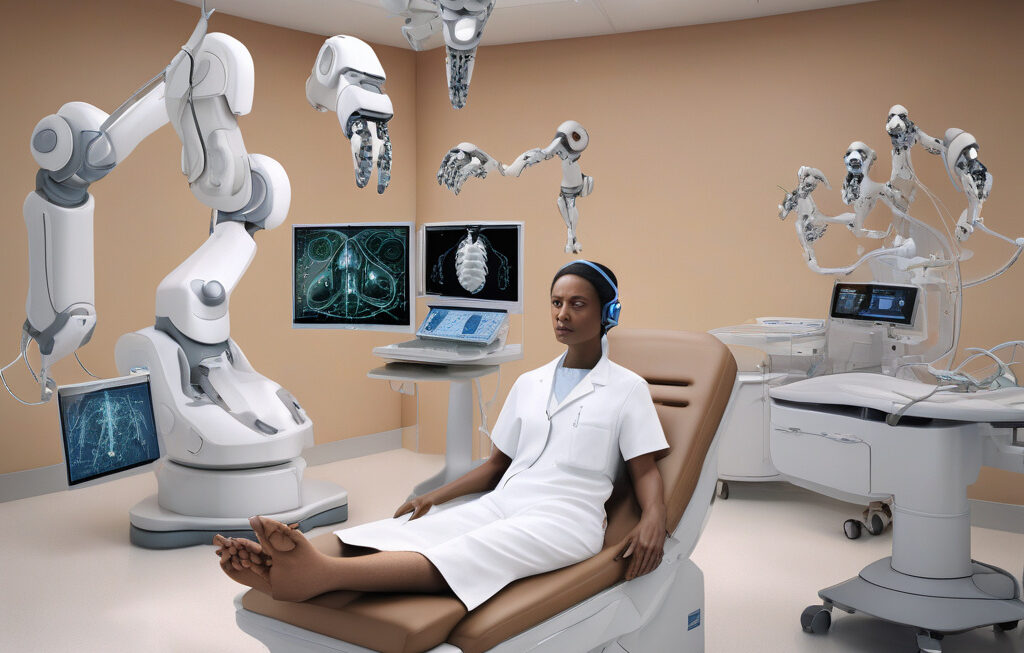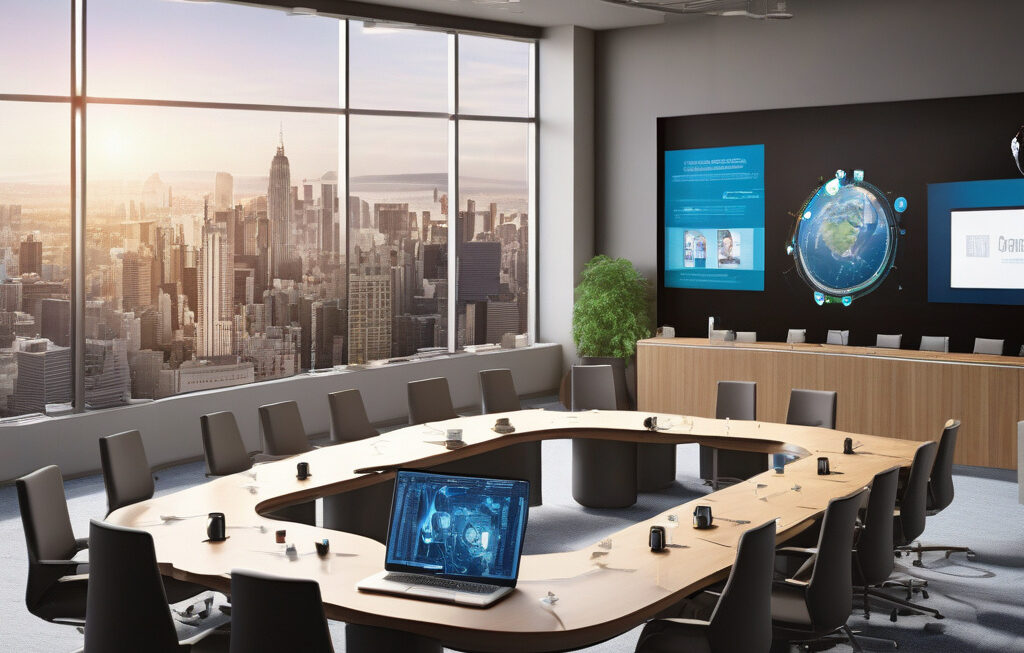The Race to Develop Advanced Humanoid Robots: US’ New Robot Ready to Serve in Schools and Hotels with Minimal Training
The race to make an advanced humanoid robot is gaining pace like never before. Robots have long been a fascination in the realm of technology, with their potential to revolutionize various industries. The latest breakthrough comes from the United States, where a new humanoid robot has been developed to serve in schools and hotels with minimal training.
This cutting-edge robot is equipped with state-of-the-art artificial intelligence technology, allowing it to interact with humans in a natural and seamless manner. Its design mimics that of a human, with arms, legs, and a head, enabling it to perform a wide range of tasks that were once reserved for humans.
One of the key advantages of this new humanoid robot is its ability to work in environments such as schools and hotels with minimal training. Unlike traditional robots that require extensive programming and setup, this robot can be easily integrated into existing systems with just a few simple steps. This makes it a cost-effective solution for businesses looking to automate certain tasks without the need for specialized technical expertise.
In schools, the humanoid robot can assist teachers by providing support in the classroom, helping students with their assignments, and even leading educational activities. Its interactive interface allows for personalized learning experiences, catering to the individual needs of each student. This not only lightens the workload for teachers but also enhances the overall learning environment for students.
Similarly, in hotels, the robot can be deployed to assist guests with check-in procedures, provide information about the hotel facilities, and even deliver room service. Its friendly demeanor and ability to communicate in multiple languages make it a valuable asset for enhancing the guest experience. By automating routine tasks, hotel staff can focus on providing higher levels of customer service, ultimately leading to increased guest satisfaction and loyalty.
The development of this humanoid robot marks a significant milestone in the field of robotics, showcasing the potential for these machines to take on more complex roles in various industries. As technology continues to advance at a rapid pace, we can expect to see more innovations that blur the lines between humans and robots, creating new opportunities for efficiency and productivity.
In conclusion, the introduction of the US’ new humanoid robot capable of serving in schools and hotels with minimal training is a testament to the progress being made in the field of robotics. With its advanced capabilities and user-friendly interface, this robot has the potential to transform the way we work and interact in the future. As businesses continue to embrace automation and artificial intelligence, we are likely to see more robots like this one entering the workforce, reshaping industries and driving innovation to new heights.
robotics, artificial intelligence, automation, humanoid robot, technology












